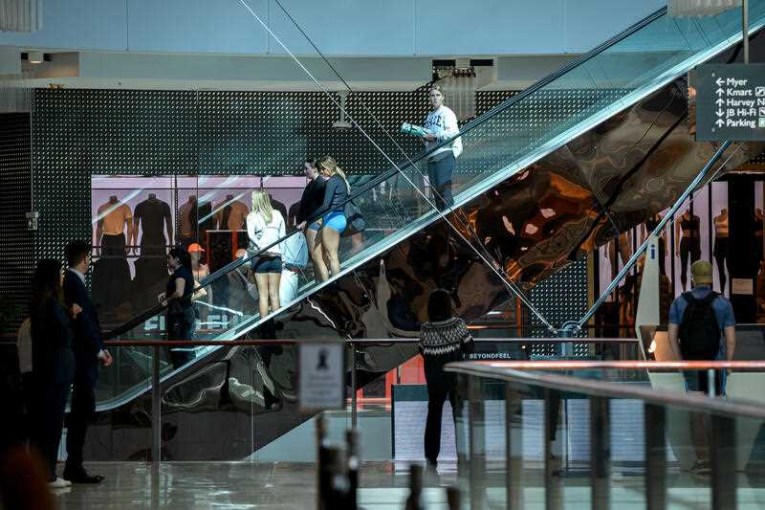The ‘magic’ number epidemiologists around the country are watching

Australia has had its worst day since the coronavirus crisis began.
Victoria recorded 723 new cases and another 13 Australians lost their lives to the virus.
It came as the state’s infection rate was trending down; with 384 and 295 cases on Tuesday and Wednesday, respectively.
But there’s another number that reveals how we’re tracking.
The reproduction rate, or R0 as it’s technically known, illustrates if we’re beating the virus, if the curve is flat or, worryingly, if it’s growing.
The state’s official reproduction rate is a tightly held secret, with the Department of Health and Human Services declining to share it with the general public.
“It requires a complex interpretation by public health experts in conjunction with other data. As such, it is not published for the wider public,” a spokesperson told The New Daily said.
Previously, Victorian Health Minister Jenny Mikakos revealed the R0 rate had been as high as 2.5 on June 24 – meaning, for every confirmed coronavirus case, on average about 2.5 people would also be infected.
But by July 23, it had fallen to one.
Catherine Bennett, the chair of epidemiology at Deakin University, said it was a useful tool in determining how well Australia was tackling the virus.
“When we’re getting the data we’re just seeing the case count. It’s not every case out there, but it’s the ones we’re picking up,” she told The New Daily.
“The R0 gives us an idea of the growth in the curve, how it’s travelling, whether it’s flat, if each case is being replaced or if it is going up, R0 is above one, and it keeps climbing.”

The R0 gives us an idea of how quickly COVID-19 is being transmitted. Picture: AAP
If the community acted as normally, it’s believed COVID-19 would have an R0 of about 2.5.
It can be lowered by prevention methods, such as social distancing.
With a transmission rate of one, case numbers may swing between 200 and 500 for days, but if held there, it will eventually start to shrink.
Professor Bennett has used publicly available data to track her own R0 and says it has swung between one and 1.5 since July 18.
“On average we’re still sitting close to one or above one. In the broader community, it would be below one,” Professor Bennett said.
“We’re pulling the numbers down and the mask effect will make that more obvious.”
Victoria’s case numbers have been climbing rapidly, but it has largely been within known clusters.
It makes the true R0 harder to track because many of the cases are now linked to aged-care clusters.
“One infected staff member will infect 30 members. Then if it is contained, that will push the numbers up and make it look very high, but they remain in clusters.
“Like today pushed our numbers up, and tomorrow we may see the same again, but it’s to do with the large cluster.
“Stage three restrictions worked the first time around. We had more community transmission then. I would say it wasn’t that different to what we have now.

The official R0 is a tightly held secret.
“It can work again, but this time we’ve had more aged-care facilities impacted and that’s what’s holding them high.”
La Trobe University epidemiologist Hassan Vally said although we’re aiming for a lower R0, it’s all about bringing down the case numbers.
“It depends on the baseline and how quickly you can bring it under control,” Dr Vally said.
“Compare us to the US, where some places are getting 10,000 cases a day. If the R0 is one, that’s still bad because your baseline is 10,000.
“Really in the situation we’re in, we’re trying to get it to one or below because we’re trying to shrink the number of cases in the community. One is the magic number.”
“Thursday’s numbers aren’t great, but overall the modelling suggests we are actually getting on top of things.”








